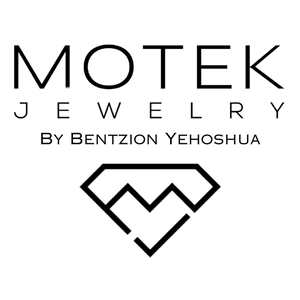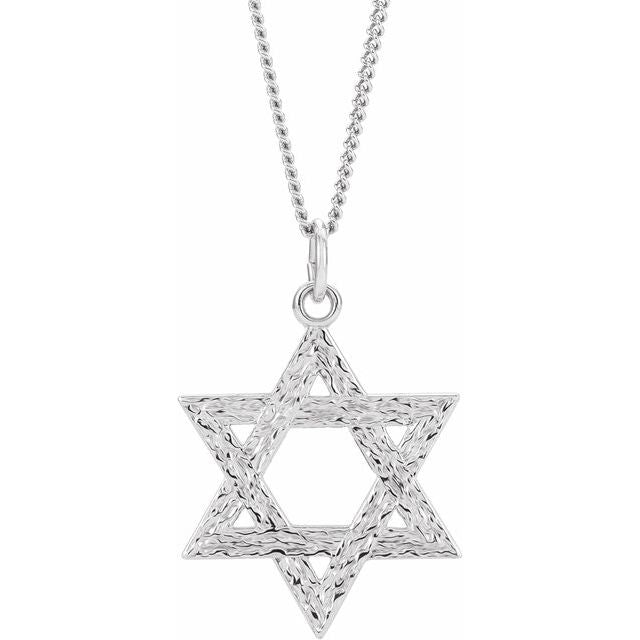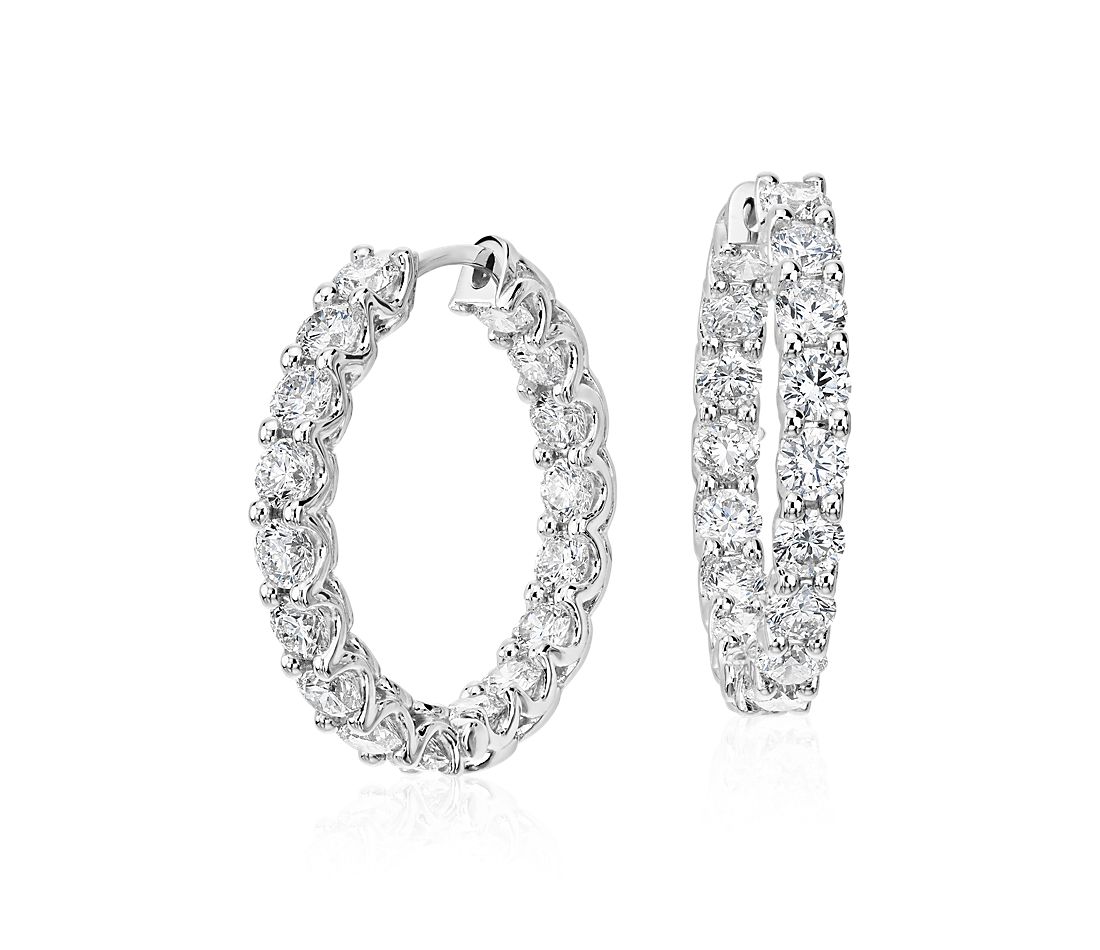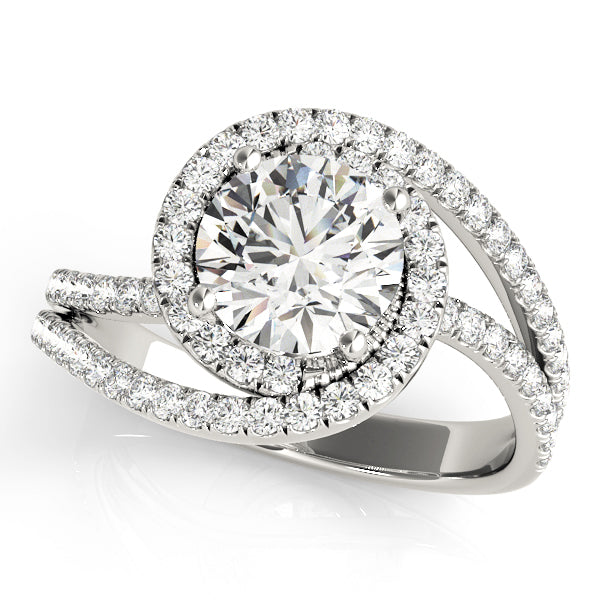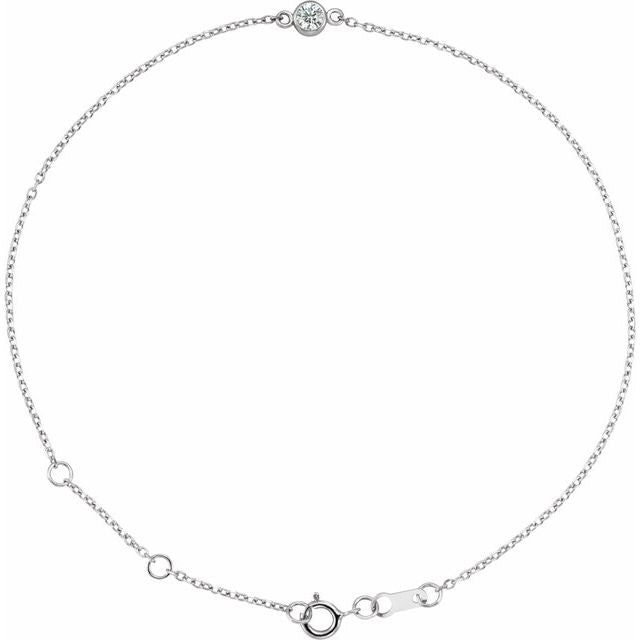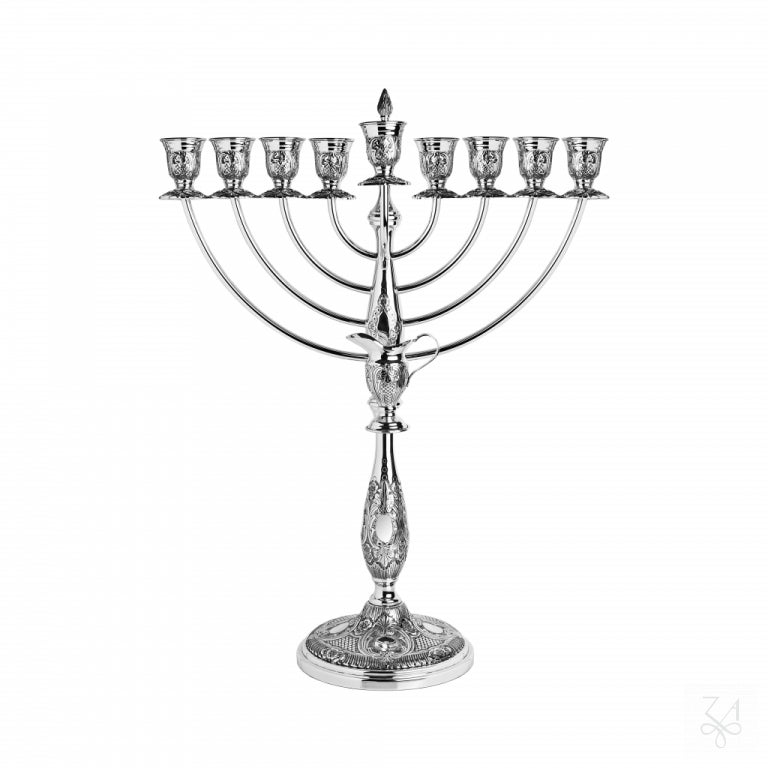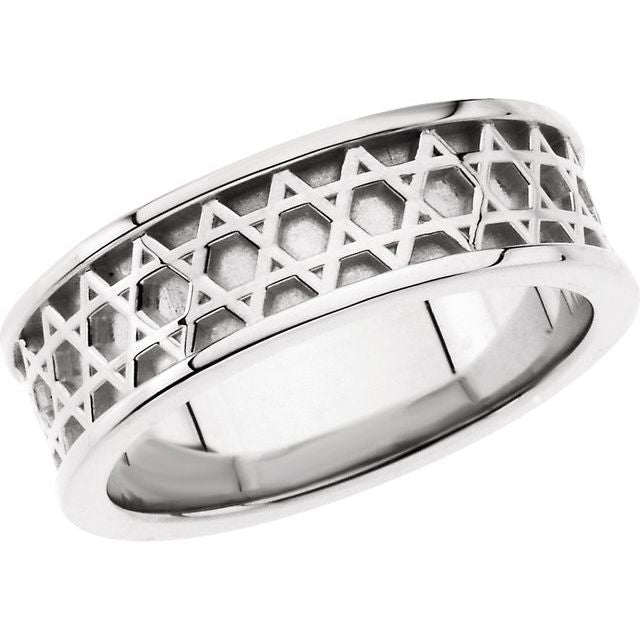Introduction
Jewelry holds both monetary and sentimental value, making it all the more distressing when beloved pieces break or tarnish. According to a 2022 industry report by the Jewelers of America, the average American household owns approximately $6,500 worth of jewelry, yet nearly 40% of owners have at least one damaged piece they haven't repaired due to cost concerns or uncertainty about the repair process.
This gap represents not just an economic opportunity for aspiring jewelry repair enthusiasts, but a chance to preserve precious memories and heirlooms. Whether you're looking to maintain your personal collection, help friends and family, or potentially start a side business, learning jewelry repair basics offers considerable rewards. The global jewelry repair market reached $3.8 billion in 2023 and is projected to grow at 4.2% annually through 2028, according to Market Research Future.
This comprehensive guide will walk you through everything beginners need to know about jewelry repair—from essential tools and materials to basic techniques, potential pitfalls, and resources for continuing education.
Essential Tools for Beginner Jewelry Repair
The foundation of successful jewelry repair lies in having the right tools. While professional jewelers might have workshops filled with specialized equipment worth thousands of dollars, beginners can start with a more modest investment of approximately $100-200 for quality basics.
Must-Have Tools
-
Jeweler's Loupe (10x magnification) - This small magnifying glass will help you examine jewelry in detail, identifying issues invisible to the naked eye.
-
Needle-Nose Pliers Set - Look for a set including:
-
Chain-nose pliers (for gripping and bending)
-
Round-nose pliers (for making loops and curves)
-
Flat-nose pliers (for firm grips and straightening)
-
Wire Cutters - Opt for flush cutters that make clean, precise cuts with minimal force.
-
Tweezers - Get reverse-action tweezers that close when released and open when squeezed, making them ideal for holding small items.
-
Jeweler's Files - A set of needle files in various shapes for smoothing metal edges.
-
Digital Scale - For weighing components and precious metals.
-
Polishing Cloth - Two-sided cloths with cleaning solution embedded in one side are excellent for quick maintenance.
Workspace Essentials
-
Work Surface - A padded work mat prevents components from rolling away and protects both your workspace and jewelry.
-
Task Light - A flexible desk lamp with daylight-spectrum lighting improves visibility.
-
Containers - Small compartment boxes or cups keep tiny parts organized.
-
Magnifying Lamp or Visor - For detailed work, hands-free magnification is invaluable.
According to a survey by Bench Jeweler magazine, 73% of professional jewelers cited quality tools as the most critical factor in successful repairs. While beginners don't need professional-grade equipment, investing in decent quality tools from the start saves frustration and produces better results.
Common Jewelry Issues and Basic Repairs
Necklace and Bracelet Chain Repairs
Chain repairs are among the most frequently requested jewelry fixes, with a Jewelers Board of Trade report noting that chain issues represent approximately 35% of all jewelry repair requests.
Broken Chains
-
Identifying Break Points: Examine the chain under magnification to determine if links are open, broken, or worn through.
-
Simple Link Repair:
-
For open links: Use two pairs of pliers to carefully open the damaged link further, remove it from the chain, then close a jump ring to reconnect the chain.
-
For damaged sections: Remove several links around the damaged area and use jump rings to reconnect the healthy portions.
-
Clasp Replacement:
-
Remove the old clasp using pliers and wire cutters
-
Attach a new clasp with jump rings or by soldering (advanced)
Safety Tips:
-
Work over a light-colored surface to spot dropped components
-
For valuable pieces, practice techniques on inexpensive costume jewelry first
Ring Sizing and Band Repair
While professional jewelers typically handle complex ring repairs, beginners can address several common issues:
Band Cleaning and Polishing
-
Metal-Specific Cleaning:
-
Silver: Commercial silver polish or a paste of baking soda and water
-
Gold: Mild soap solution and soft brush
-
Costume jewelry: Gentle cleaning with a soft cloth only
-
Polishing Techniques:
-
Use graduated polishing papers (400 to 1200 grit) for scratches
-
Follow with a polishing cloth for final shine
-
For persistent tarnish, use appropriate metal-specific solutions
Minor Reshaping
For slightly misshapen bands:
-
Cover ring with a cloth to protect the surface
-
Use nylon or rubber-faced pliers to gently reshape
-
Work incrementally, checking fit frequently
A 2023 Consumer Reports study found that 68% of minor ring damage can be addressed through basic maintenance rather than professional repair, potentially saving consumers hundreds of dollars annually.
Earring Repairs
Earrings are particularly prone to damage due to frequent handling and the stress placed on small components.
Common Earring Issues
-
Loose or Missing Backs:
-
Replace with appropriate backs (friction, screw, or lever)
-
Ensure backs match the post thickness
-
Bent Ear Wires:
-
Straighten using flat-nose pliers
-
Replace entirely by opening the connecting loop with round-nose pliers
-
Dangling Parts:
-
Reattach using jump rings or head pins
-
Secure connections by properly closing jumprings with two pliers
According to a 2022 survey by Fashion Jewelry Manufacturers, earrings account for 42% of all costume jewelry repairs, with posts and clasps being the most frequently replaced components.
Working with Different Jewelry Materials
Precious Metals
Gold
Gold jewelry is measured in karats (purity):
-
24K: Pure gold (too soft for most jewelry)
-
14K and 18K: Common for fine jewelry (58.3% and 75% gold respectively)
Basic Gold Repair Tips:
-
Clean with mild soap and warm water
-
Polish with a gold-specific cloth
-
Basic link repairs and clasp replacements can be done with matching color jump rings
-
More advanced repairs may require soldering, which beginners should approach with caution
Silver
Sterling silver (92.5% silver, 7.5% other metals) is more affordable and workable for beginners.
Silver-Specific Issues:
-
Tarnish: Natural oxidation that creates a dark patina
-
Treatment: Polish with silver cloth or paste; for heavy tarnish, commercial dips work well
The Silver Institute reports that proper maintenance can extend the life of silver jewelry by 15-20 years, making basic repair skills particularly valuable for silver collectors.
Gemstones
While advanced gemstone repair requires specialized training, beginners can handle:
Loose Stones
-
Identification: Check prongs and settings for looseness under magnification
-
Temporary Solutions:
-
For slightly loose stones: Clean the setting thoroughly
-
For emergency fixes: A tiny amount of clear nail polish can temporarily secure stones (not for valuable pieces)
Cleaning Techniques
Different gemstones require specific care:
-
Hard Stones (diamonds, sapphires, rubies): Mild detergent, soft brush, warm water
-
Soft Stones (opals, pearls, turquoise): Damp cloth only, no soaking
-
Porous Stones (emeralds, turquoise): Avoid ultrasonic cleaners and harsh chemicals
A Gemological Institute of America study found that 83% of gemstone damage in jewelry is preventable through proper maintenance and prompt attention to minor issues.
Ethical and Sustainability Considerations in Jewelry Repair
The modern jewelry enthusiast increasingly considers environmental and ethical implications. A 2023 McKinsey & Company report indicated that 78% of jewelry consumers under 35 cite sustainability as an important factor in their purchasing decisions.
Sustainable Practices for Beginners
-
Repair vs. Replace: Extending the life of existing jewelry reduces demand for newly mined materials. The Environmental Protection Agency estimates that recycling just 1 kg of gold prevents 20 tons of CO2 emissions compared to mining.
-
Responsible Material Sourcing: When replacement parts are needed, consider:
-
Recycled metals
-
Lab-grown gemstones
-
Fair-trade certified components
-
Chemical Considerations: Many jewelry cleaners contain harsh chemicals. Eco-friendly alternatives include:
-
Baking soda paste for silver
-
Mild dish soap solutions
-
Microfiber cloths for regular maintenance
-
Upcycling Opportunities: Repair sessions offer chances to reimagine outdated pieces:
-
Combining elements from broken pieces into new designs
-
Repurposing gemstones from damaged settings
-
Converting single earrings into pendants when pairs are broken
Building Your Jewelry Repair Skills
Structured Learning Approaches
-
Online Courses and Tutorials:
-
Platforms like Udemy, Skillshare, and YouTube offer beginner-friendly jewelry repair courses
-
The New Approach School for Jewelers provides comprehensive online training programs
-
Community Education:
-
Many community colleges offer jewelry-making courses that include repair techniques
-
Local bead shops and craft stores frequently host workshops
-
Books and Publications:
-
"The Complete Jewelry Making Course" by Jinks McGrath
-
"Jewelry Repair Manual" by R. Allen Hardy
-
"Bench Jeweler" magazine for continuing education
A 2023 survey by the Craft & Hobby Association found that 62% of successful hobbyist jewelry repairers combined at least two learning methods, with hands-on practice being identified as the most crucial component.
Practice Projects for Skill Development
-
Starter Projects:
-
Restring a broken elastic bracelet
-
Replace earring backs and hooks
-
Clean and polish tarnished silver pieces
-
Intermediate Challenges:
-
Chain repairs using jump rings
-
Simple prong tightening
-
Clasp replacements
-
Progress Tracking:
-
Maintain a repair journal documenting techniques and outcomes
-
Photograph before and after results
-
Note challenges and solutions for future reference
According to jewelry education platform JewelryNotes.com, beginners who document their repair work improve their skills 40% faster than those who don't track their progress.
When to DIY vs. When to Seek Professional Help
Understanding the limitations of DIY jewelry repair is essential for preventing further damage to valuable pieces.
Suitable DIY Repairs
-
Low-Risk Projects:
-
Costume jewelry fixes
-
Simple chain and clasp repairs
-
Basic cleaning and polishing
-
Jump ring replacements
-
Practice Pieces:
-
Thrift store finds
-
Inherited costume jewelry
-
Inexpensive fashion accessories
Professional Territory
-
High-Value Items:
-
Antique or heirloom pieces
-
Jewelry with significant monetary value
-
Insurance-covered items (repairs may void coverage)
-
Complex Techniques:
-
Soldering or welding
-
Resetting valuable gemstones
-
Intricate metalwork
-
Rhodium plating
-
Warning Signs:
-
Repair requires heat or chemicals beyond basic cleaners
-
Special equipment not in your toolkit is needed
-
Valuable gemstones must be removed or reset
A 2022 American Gem Society survey indicated that 67% of jewelry damage from DIY repairs occurred when beginners attempted projects beyond their skill level, particularly those involving heat or pressure on gemstones.
Starting a Jewelry Repair Side Business
For those who develop proficiency in basic repairs, a side business opportunity might emerge. The Jewelers of America organization reports that the average jewelry repair business generates approximately $125,000 in annual revenue, with home-based operations averaging $30,000-45,000.
First Steps to Monetization
-
Legal Considerations:
-
Business licensing requirements vary by location
-
Liability insurance is essential when working on others' valuables
-
Check zoning regulations for home-based businesses
-
Service Menu Development:
-
Start with services you can confidently perform
-
Set clear pricing based on time and materials
-
Create transparent policies about guarantees and limitations
-
Client Communication:
-
Use detailed intake forms documenting condition and work required
-
Take before photos for reference and protection
-
Provide clear care instructions after repairs
Marketing Basics
-
Portfolio Building:
-
Document before/after results
-
Collect testimonials from satisfied customers
-
Create a simple website or social media presence showcasing your work
-
Finding Customers:
-
Word-of-mouth referrals
-
Local community groups and marketplace platforms
-
Partnerships with complementary businesses like vintage clothing stores
According to a Small Business Administration report, specialty repair businesses have a 75% higher five-year survival rate than retail businesses, making jewelry repair a relatively stable side hustle option.
Conclusion
Jewelry repair offers a rewarding blend of technical skill, artistic expression, and practical problem-solving. By starting with the right tools, building knowledge systematically, and practicing on appropriate pieces, beginners can develop valuable abilities that preserve cherished items and potentially generate income.
Remember that the journey from novice to skilled repairer involves continuous learning and patience. As you master basic techniques, you'll gain the confidence to tackle more complex repairs or know when to defer to professionals.
Whether your motivation is saving money, preserving sentimental pieces, or exploring a potential business opportunity, the foundational skills outlined in this guide provide a solid starting point for your jewelry repair journey.
References
-
Jewelers of America Industry Report: https://www.jewelers.org/industry-reports/
-
Gemological Institute of America (GIA) Jewelry Care Guidelines: https://www.gia.edu/gem-care
-
American Gem Society Consumer Protection Resources: https://www.americangemsociety.org/consumer-resources
-
Bench Jeweler Magazine Technical Archives: https://www.benchmagazine.com/technical-articles
-
Silver Institute Maintenance Guidelines: https://www.silverinstitute.org/care-maintenance
